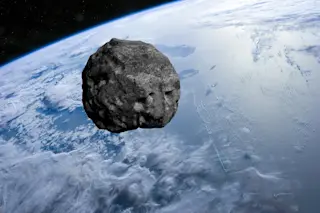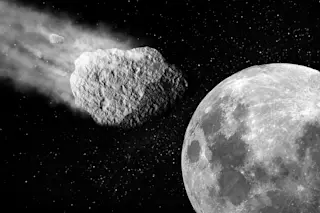If you judged by the recent buzz in the media world, you might think that 3D printers are good for one thing only: creating untraceable guns, on demand, in the privacy of your home. What makes the 3D printer such an intriguing technology, though, is the extremely broad nature of their applications. They can be used to print replacement auto parts (or maybe, someday, entire vehicles). They are great for cranking out rapid prototypes of new kinds of objects--anything from sculptures to false teeth to custom iPod cases. The focus on gun ethics misses the big picture.
Sure we can give tomorrow's astronauts something better than this. (Credit; NASA/JSC) Two recent developments demonstrate that 3D printers have a more uplifting potential as tools for exploration, by opening up new ways to feed astronauts and build crucial components for satellites and spacecraft. Spin-offs from those efforts could raise the quality of ...













